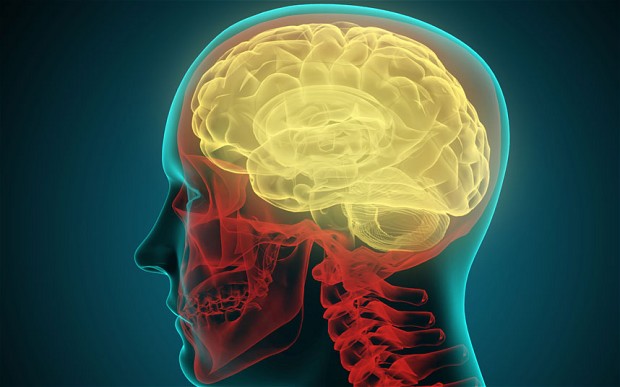Non-Gastrointestinal Symptoms in Crohn’s Patients Could Signal Acute Intermittent Porphyria, Case Report Suggests

Abnormal non-gastrointestinal symptoms in patients with Crohn’s disease may indicate the presence of acute intermittent porphyria, a case report of a 23-year-old patient shows.
The study, “Acute Intermittent Porphyria – an Unexpected Association in a Patient with Newly Diagnosed Crohn’s Disease,” was published in the Journal of Gastrointestinal and Liver Diseases.
Acute intermittent porphyria (AIP) is a genetic disease caused by mutations that impair the production of hydroxymethylbilane synthase, enzymes involved in the production of heme, the substance inside red blood cells that binds and carries oxygen throughout the body.
Patients with AIP experience acute abdominal pain, nausea, vomiting, and constipation. Other AIP symptoms include neurological problems and motor weakness.
There is some evidence of an association between inflammatory disorders of the digestive tract — such as Crohn‘s disease — and the onset of an AIP crisis. However, this is extremely rare, “with only four reported cases in the literature, two of them in the English language,” the authors wrote.
These researchers in Romania detailed the case of a 23-year-old man complaining of abdominal pain, no bowel movements for three days, and nausea.
After multiple tests, including a biopsy, the patient was diagnosed with Crohn’s disease, and physicians began corticosteroid therapy.
The man continued to experience severe complications, leading surgeons to conduct two different surgeries.
Ten days after the second surgery, the patient experienced two generalized tonic-clonic seizures, which are characterized by loss of consciousness, stiff muscles, and jerking movements.
At the same time, he experienced intense abdominal pain with nausea and vomiting, persistent headaches, and behavioral disorders (sleepiness and confusion). He also exhibited motor dysfunction.
Physicians suspected the man had a disease in addition to Crohn’s, and conducted extensive tests to identify the presence of various other diseases. All came back negative.
As the neurological symptoms persisted, the man was admitted to the intensive care unit, where tests indicated a slight worsening of neurological symptoms.
An MRI did not reveal any lesions that could point to a specific diagnosis. Physicians then investigated the possibility of AIP.
Biochemical tests showed high levels of urinary delta-aminolevulinic acid, uroporphyrins, porphobilinogen, and erythrocyte zinc — all of which are present at high levels in AIP patients.
This led physicians to make a final diagnosis of AIP, and they began treatment with carbohydrates and movement therapy. The neurological symptoms were alleviated, and the patient was safely discharged with minimal neurological impairment and transferred to a specialized center for porphyrias for further treatment.
The AIP diagnosis was delayed as the classic signs of AIP (abdominal pain and nausea) were interpreted in the context of Crohn’s disease. The key to AIP diagnosis was worsening neurological symptoms, which could not be explained by Crohn’s.
If a patient experiences abdominal pain and neurological symptoms without a clear cause and is non-responsive to treatment, physicians should perform the Watson-Schwartz urinary test, which points to the presence of AIP and shortens time to diagnosis, according to the researchers.
“The association of [Crohn’s disease] with AIP is very rare, but should be considered in patients with complicated inflammatory bowel disease associating neurological and or urinary symptoms,” they said.






